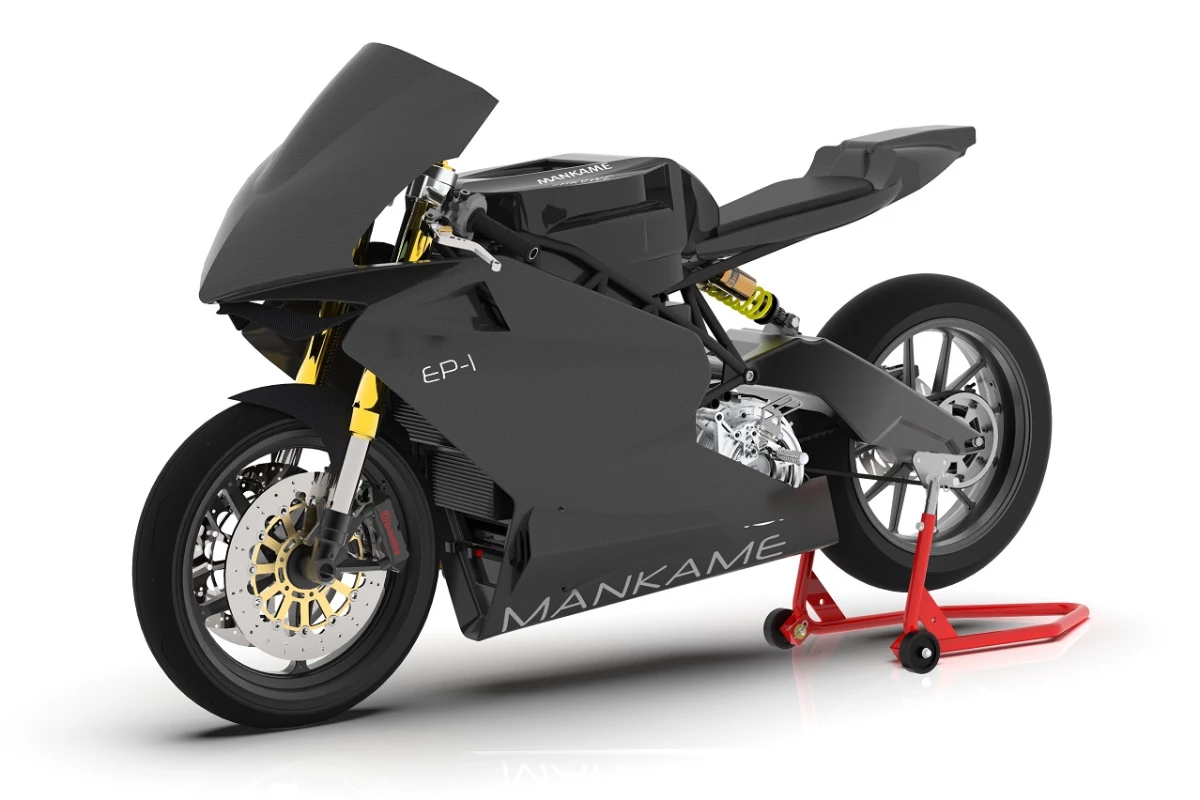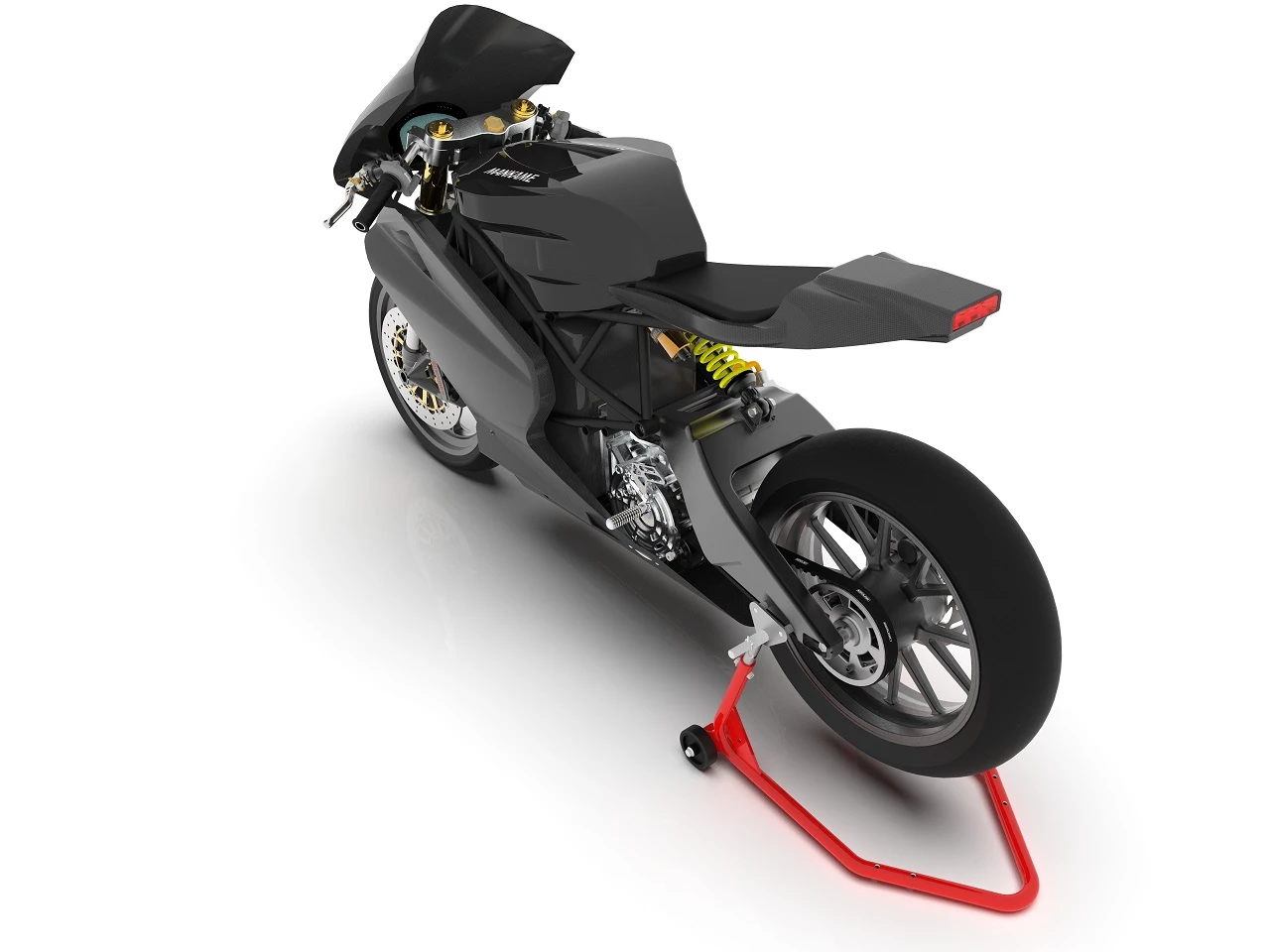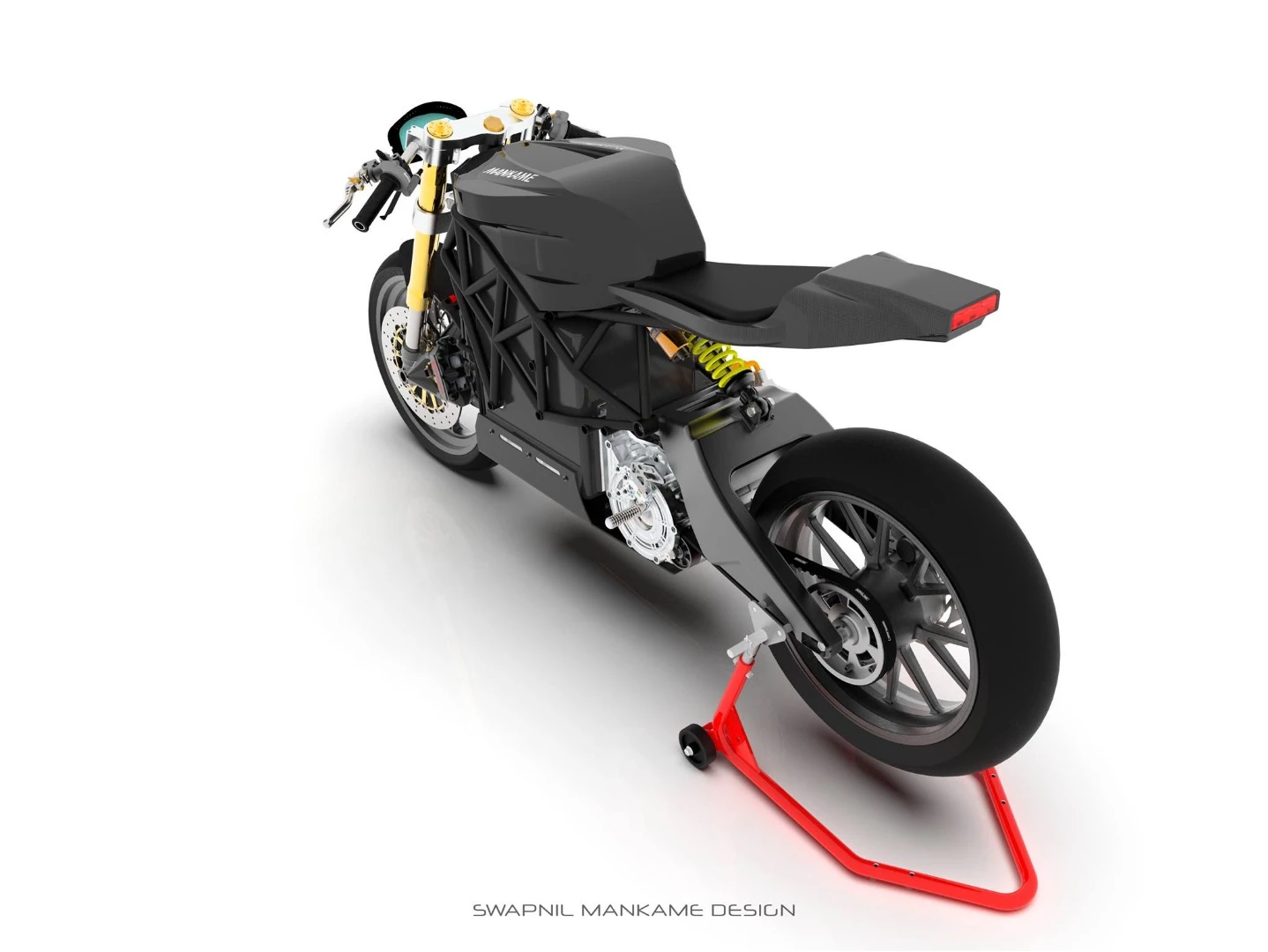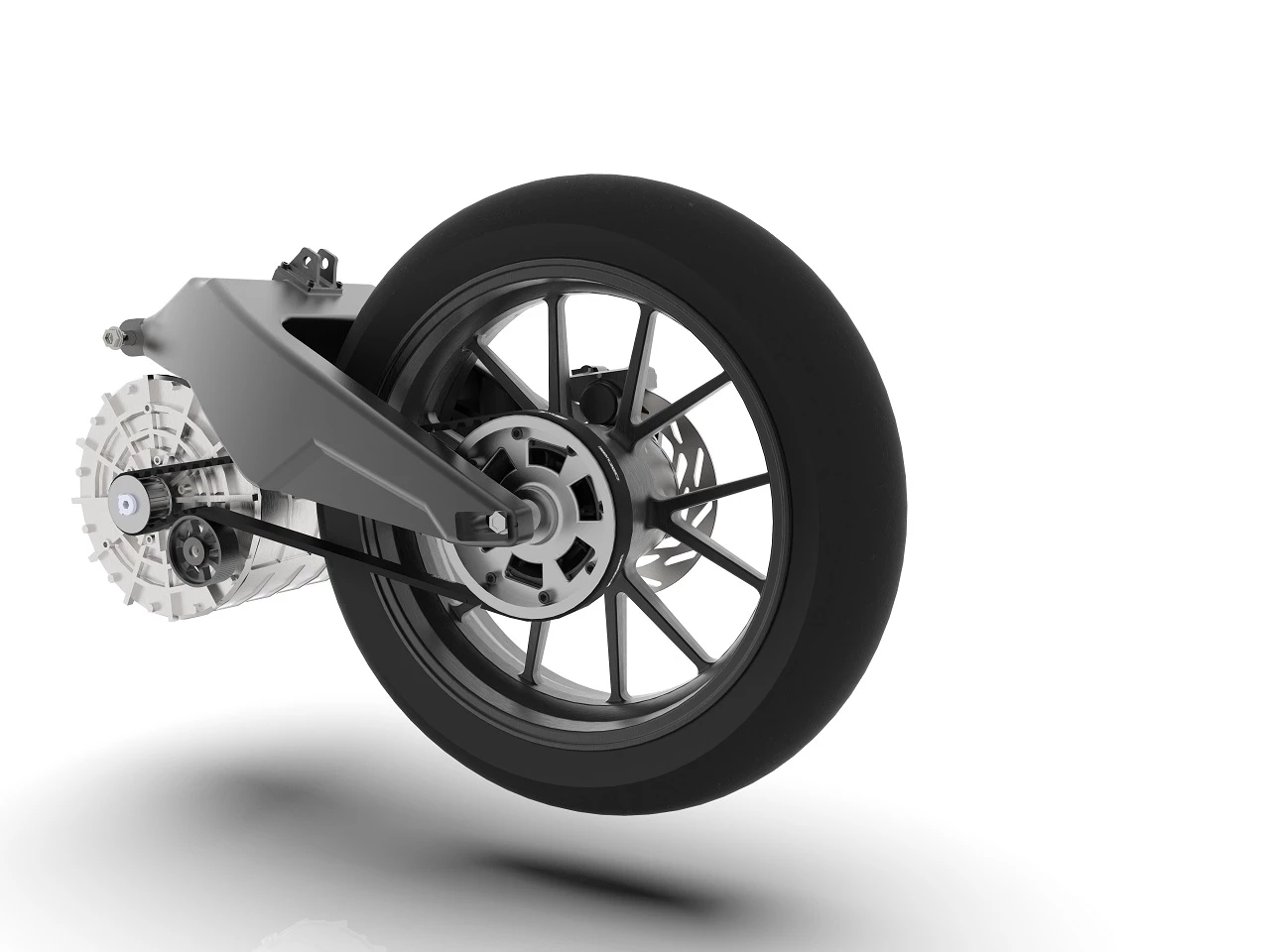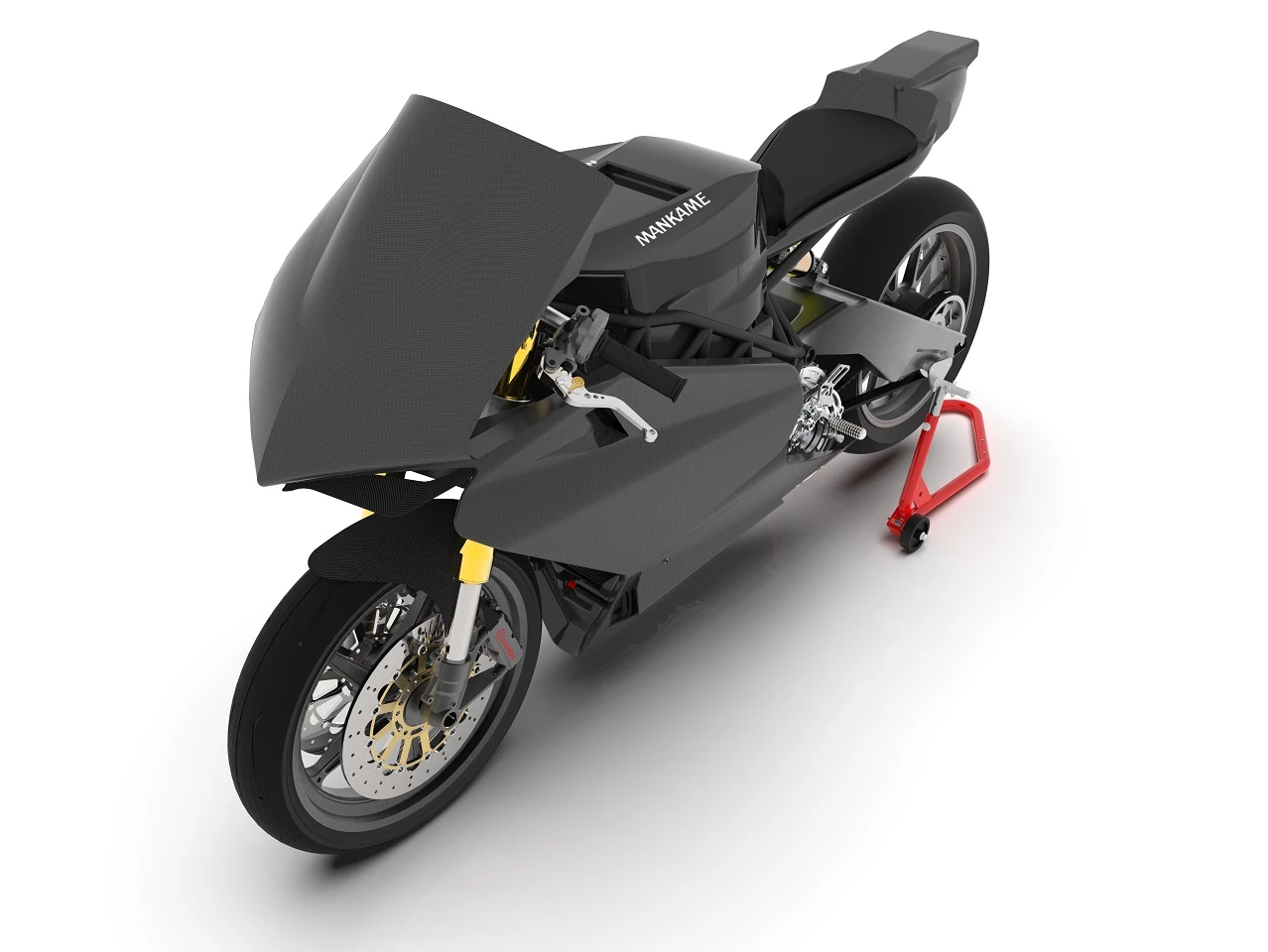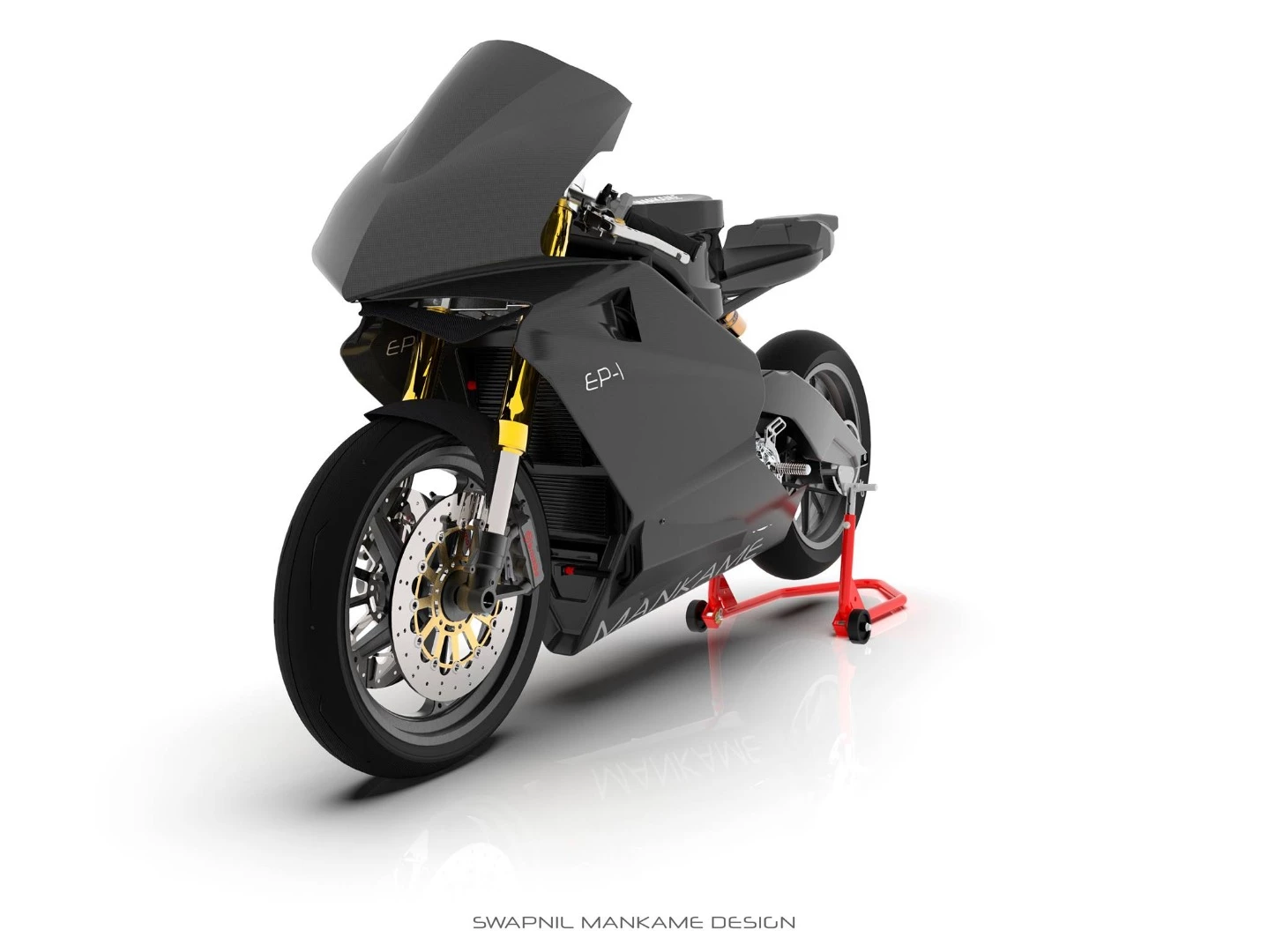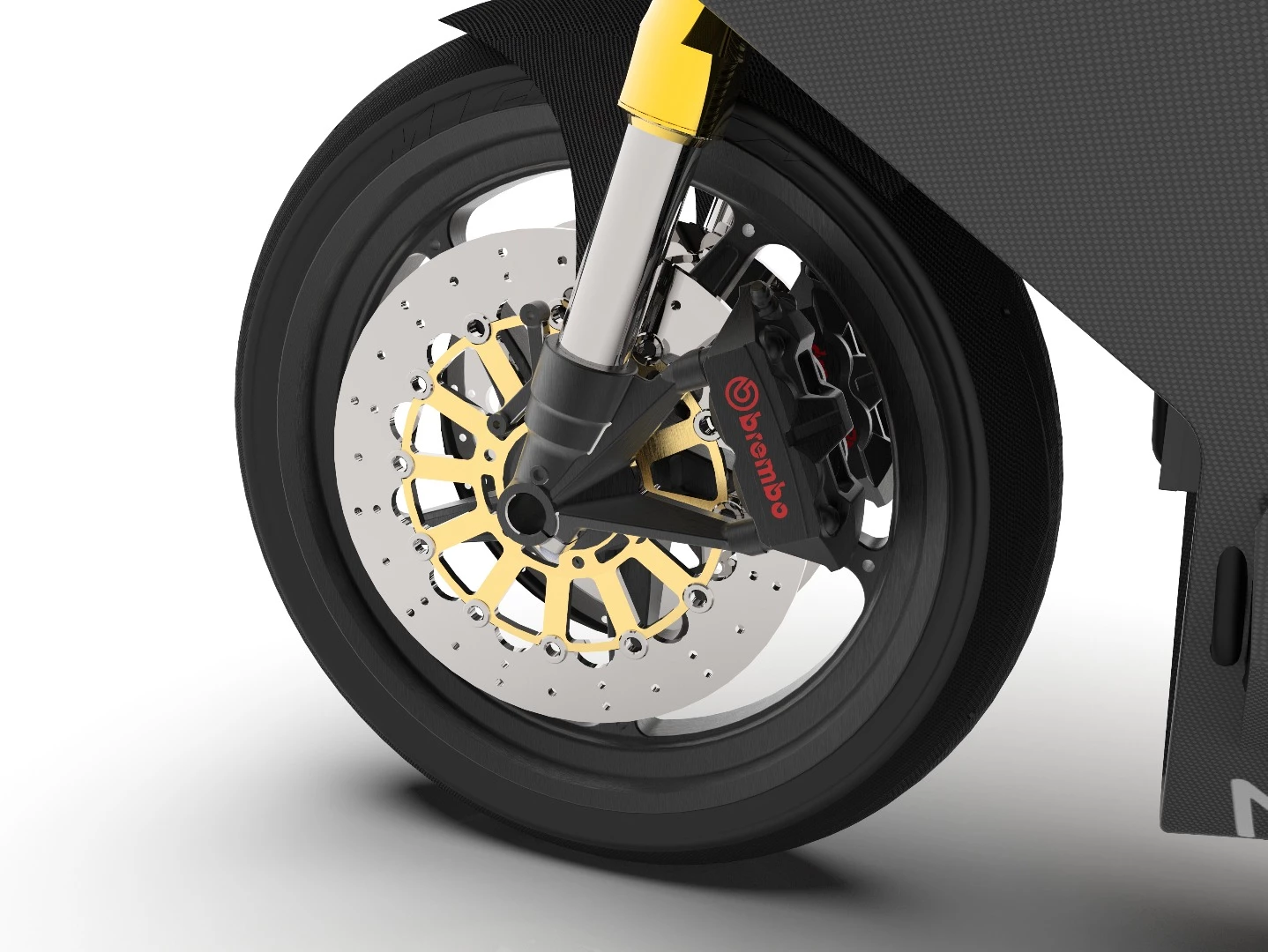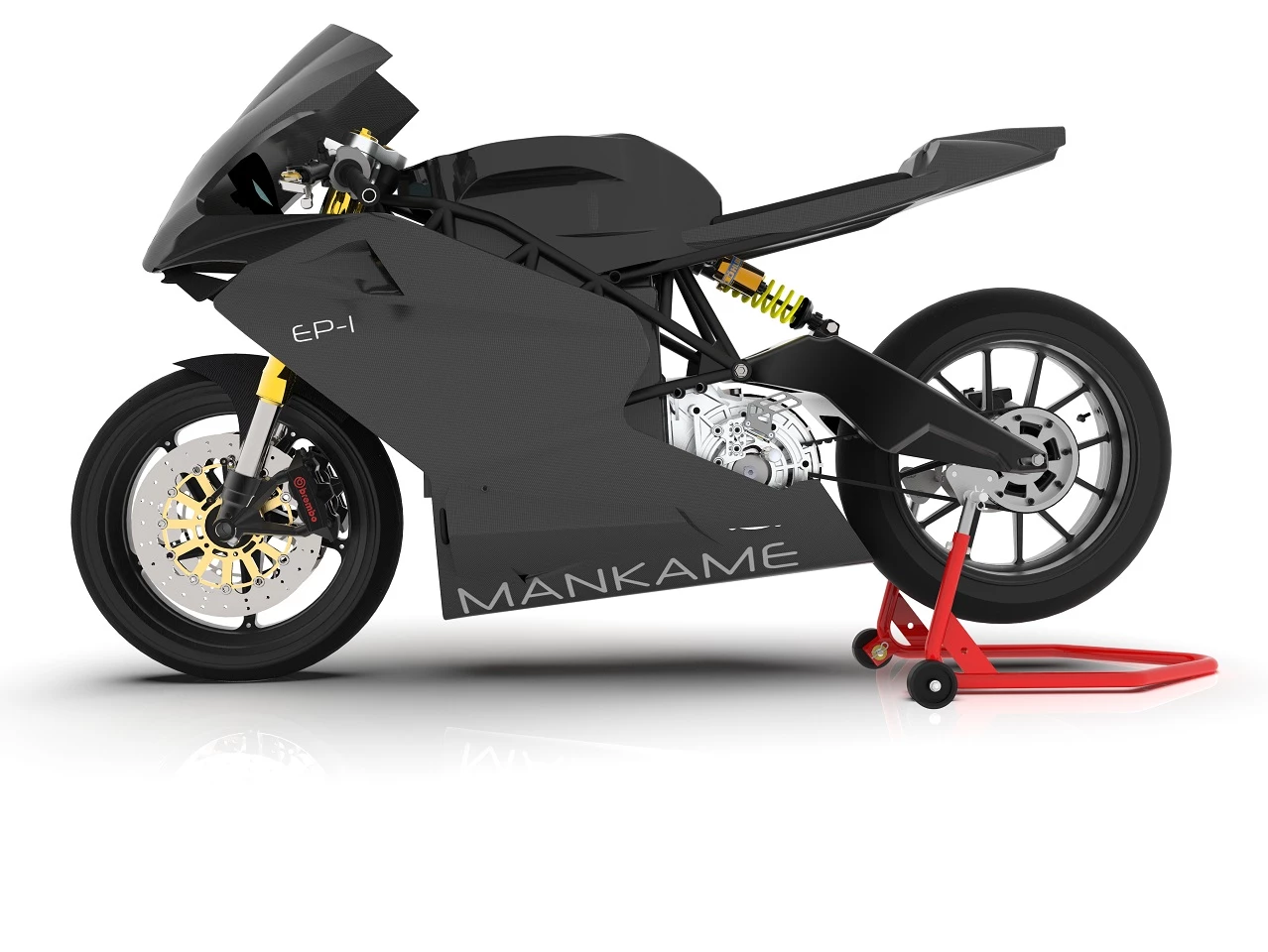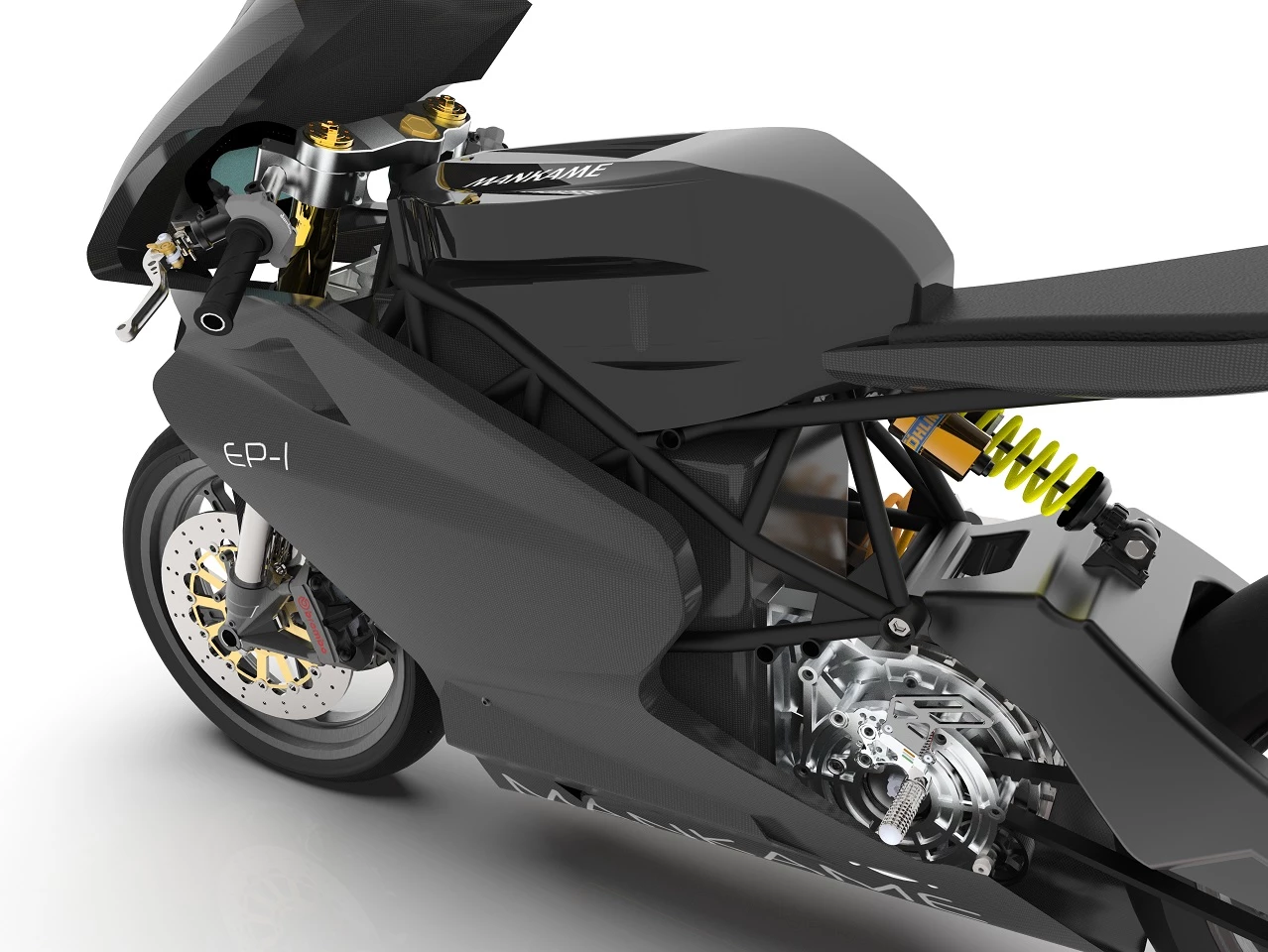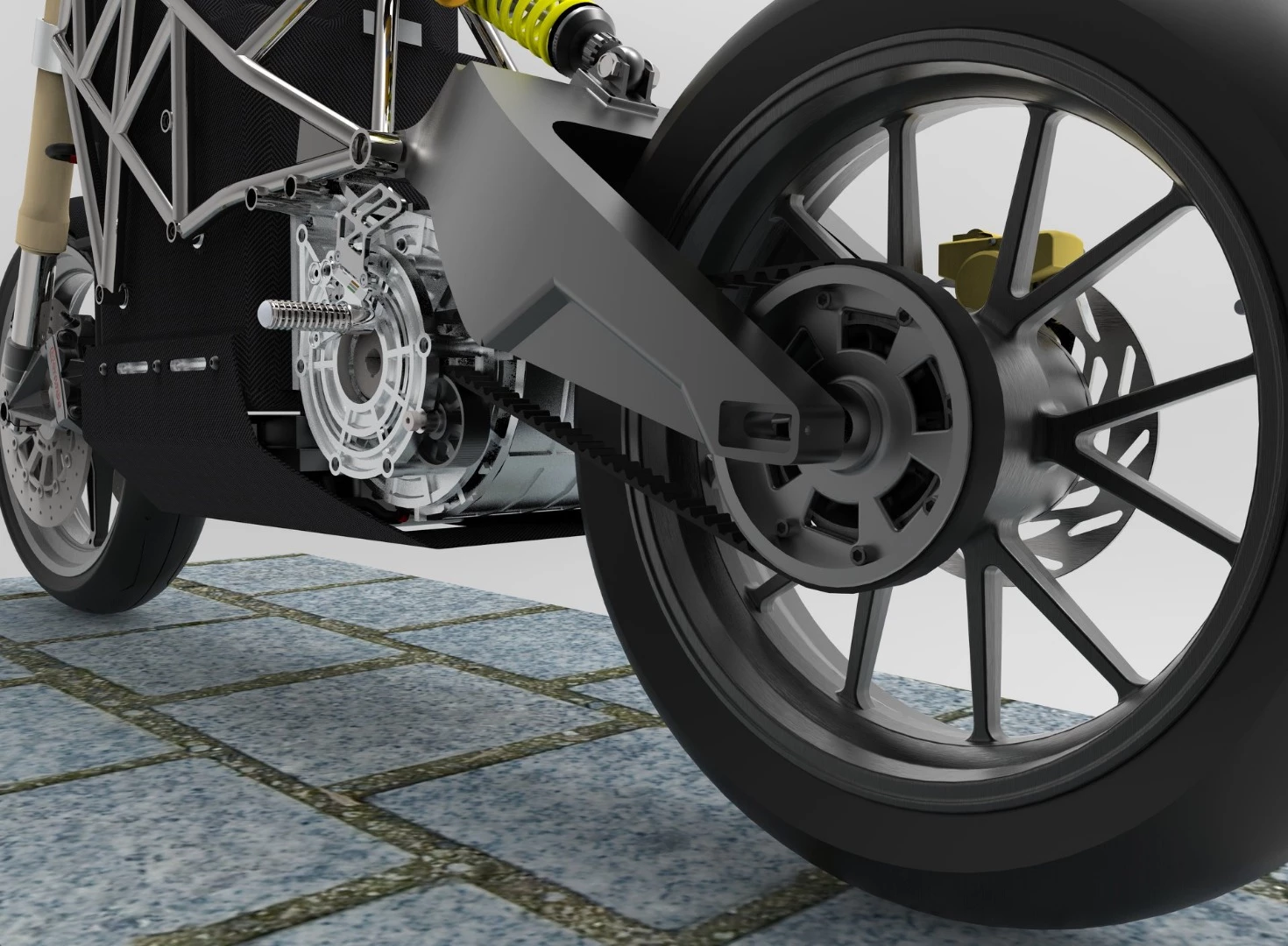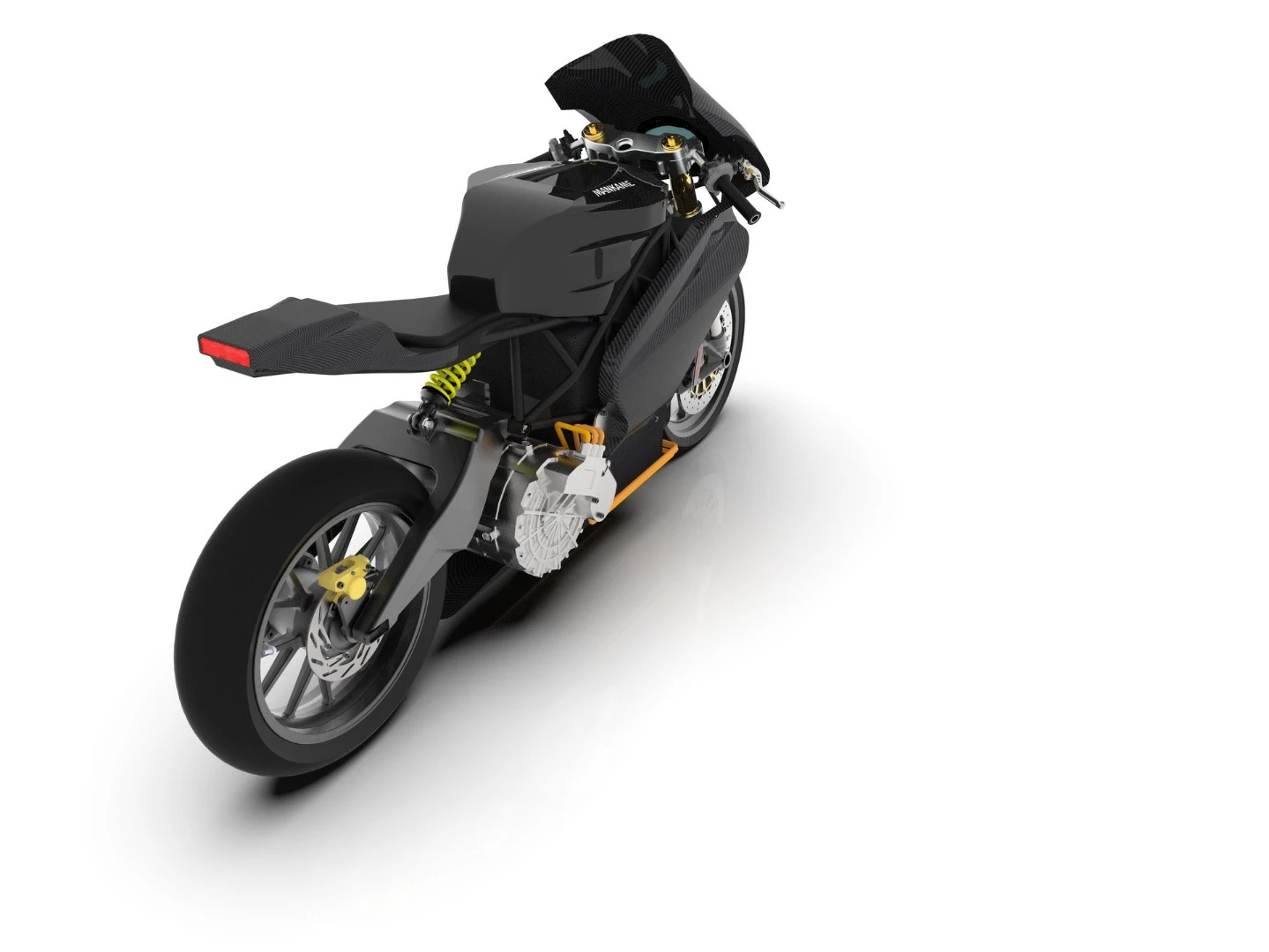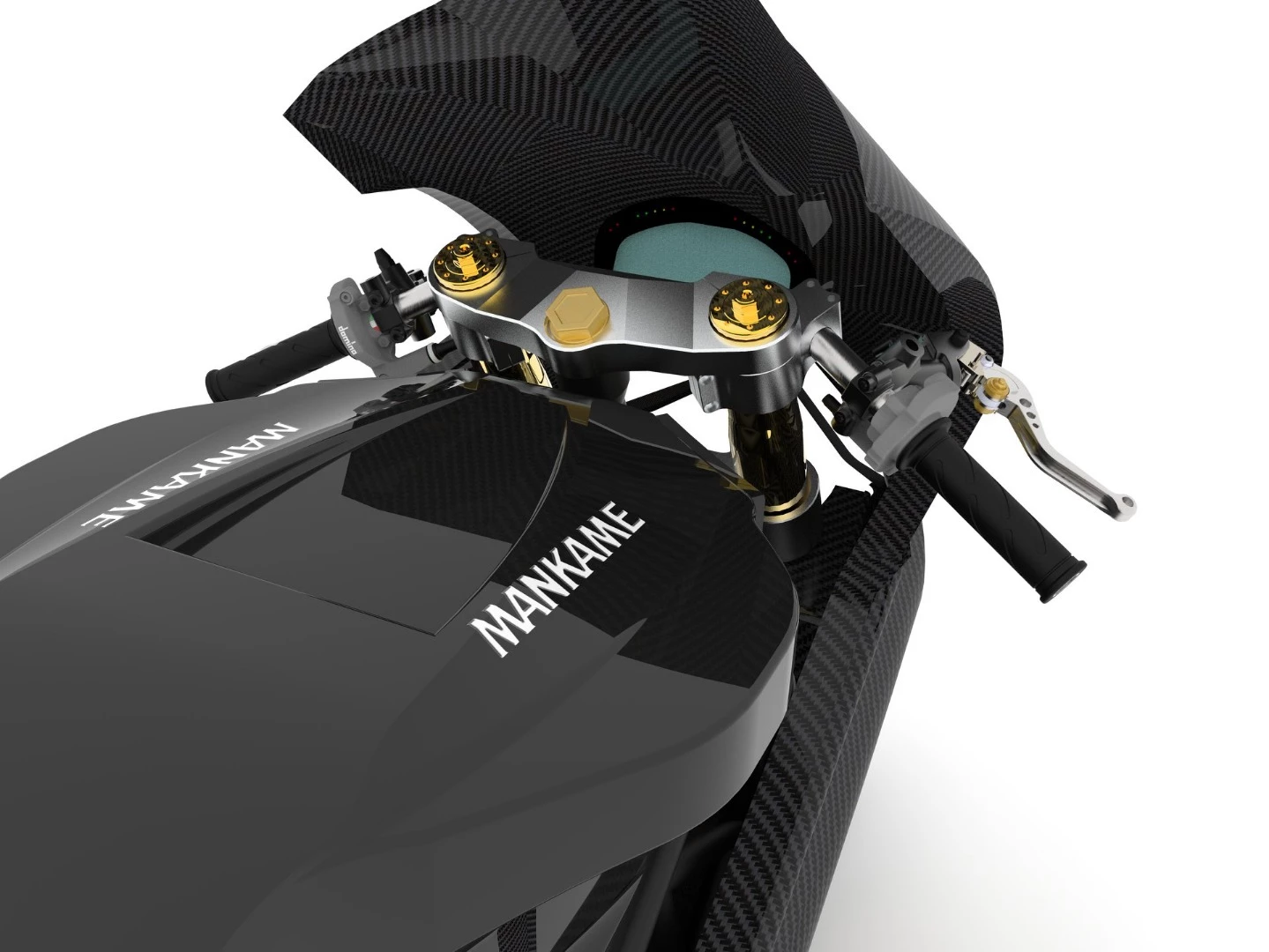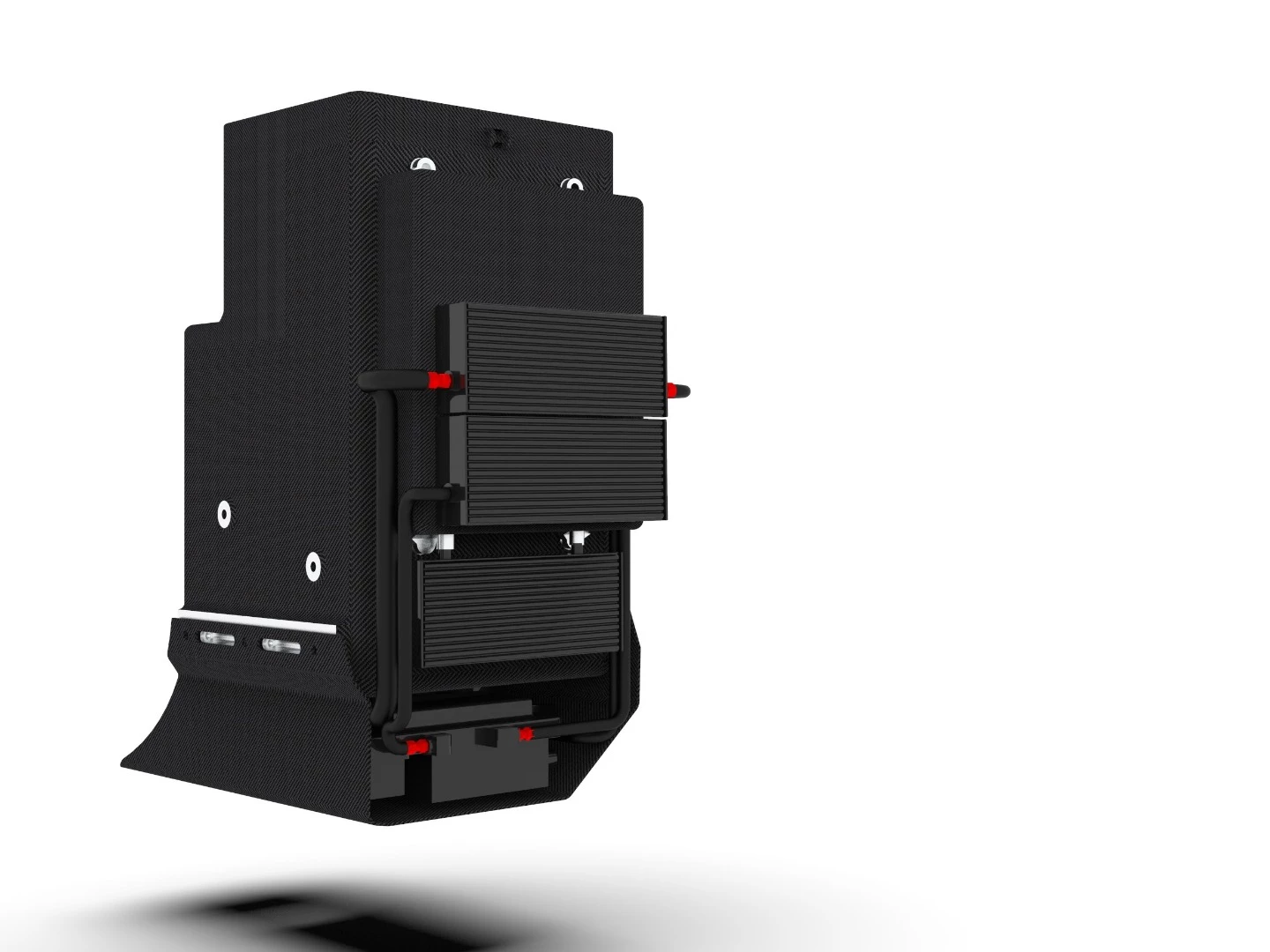Most electric motorcycles in the market can barely do more than 150 miles on a full charge, usually going for much less in reality. Mankame Automotive, on the other hand, suggests a 155 mph sportbike that, on paper, can exceed 300 miles, sporting high-end running gear and a very sensible price tag.
Based in Hubli, in the Indian province of Karnataka, Mankame Automotive is a new company looking to join the country's booming motorcycle industry and it is planning a pretty loud debut. The EP-1 is announced as an electric sportbike that can achieve longer range than any other battery-powered two-wheeler.
On paper, the specs seem a bit out of this world; 40 kW (54 hp) 8,000 rpm electric motor, 18.4 kWh battery, 155 mph (250 km/h) top speed, 310 mi (500 km) range. No motorcycle in the market can come close to matching comparable performance figures with this mileage per charge – let alone the fact that its power hardly sounds enough for such a speed ceiling.
The prime suspect for these numbers is the bike's battery, a liquid-cooled unit made of high-density Samsung cells, controlled by an advanced management system developed in-house. The whole power pack weighs up to 80 kg (176 lb), adding up to a total motorcycle mass of 180 kg (397 lb). Interestingly enough, Mankame says it will use its own proprietary software for the ABS and traction control systems as well.

The EP-1 will be built around a steel trellis frame, furnished with radial Brembo brakes and fully adjustable inverted Öhlins forks, while at the back the customer can choose between a Showa or an Öhlins TTX shock – the latter with a US$850 surcharge.
What stands out from the available specs is, of course, the motorcycle's range. As it turns out, these figures result from virtual testing in the lab, by simulating real-world conditions in computer models.
Mankame ran the simulations assuming a total rider-and-motorcycle weight of 551 lb (250 kg), limiting the power to 27.6 kW, the torque output to 88.5 lb-ft (120 Nm) and the current to 120A. The motorcycle's drag coefficient is calculated at 0.41, well in sportbike territory.
The theoretical tests have shown that the EP-1 can deliver the advertised 300-mi (500-km) range at an average speed of 51 mph (82.5 km/h) and can even do much more if this number falls down to city averages. What's even more impressive though is the notion that the EP-1's battery can sustain a 130 mph (210 km/h) run for 87 mi (140 km). Swapnil Mankame, the company's founder, claims that these tests are 95 percent accurate.

To get some perspective, an electric motorcycle with similar power characteristics, the Zero SR, declares a combined range of 150 mi (241 km) with the largest battery pack on offer (ZF14.4) and the extra power tank. But then we're talking about a $19,000+ price tag, whereas Mankame plans to charge $13,000 for the top EP-1 variant.
In fact, pricing starts from $8,500 for the base model, which will sport a 16 kW AC induction motor and a 12.16 kWh battery pack, delivering up to 199 mi (320 km) of range with an average speed of 43.5 mph (70 km/h) and top speed restricted to 75 mph (120 km/h).
For $10,500 the EP-1 comes with a 20 kW brushless DC motor and a 14.97 kWh battery, achieving 249 mi (400 km) between top-ups and speed capped at 112 mph (180 km/h).
The top version will enjoy the bigger 18.4 kWh battery with a 40 kW permanent magnet synchronous motor, producing all those exciting performance figures that we would very much love to see come true. For that to happen though, we will have to wait some time.
A crowdfunding campaign will launch formally on July 1st and, should it come to fruition, the prototype will have to be constructed and thoroughly tested. Mankame predicts deliveries for sometime in 2022.
Source: Mankame
